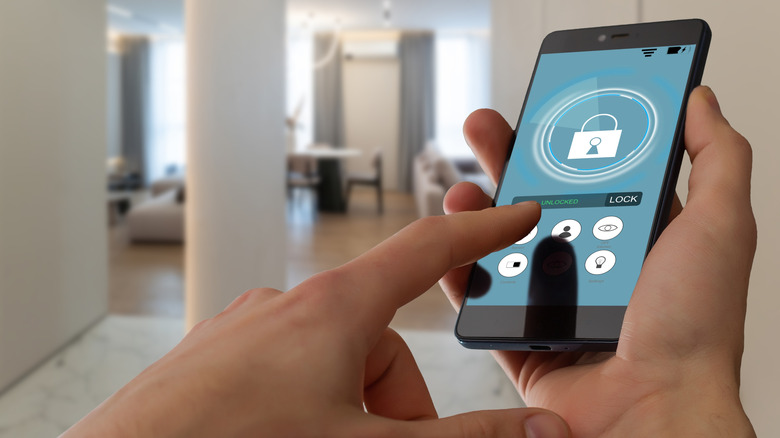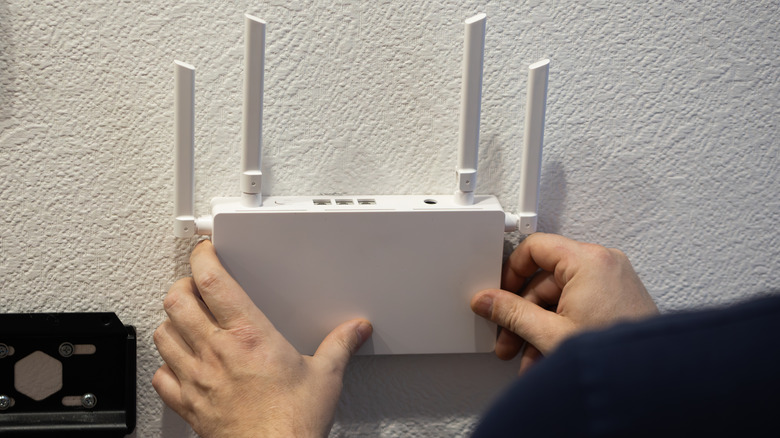Can You Have Two Different Wi‑Fi Networks In One House?
If your Wi-Fi often feels like it's stuck in traffic — too many devices, too many users, and not enough bandwidth — you've probably wondered: Is it possible to have two different Wi‑Fi networks in a house? The short answer to this question is yes, and there are several different ways to achieve it — the best method for you will depend on why you want to do it. The primary reasons people choose to set up two separate Wi‑Fi networks are to create separation, improve security, boost performance, and extend coverage. Separation means keeping different types of devices or users, such as smart home gadgets or roommates, on their own networks to improve security by preventing unwanted access or interference. Malware and viruses can spread on a local network. If someone's device gets infected, the malware could infect other devices on the same Wi-Fi network. Performance is crucial when you have multiple demands, such as streaming, gaming, and video calls, all competing for the same internet connection. Coverage can be an issue if you have a large or oddly shaped home with Wi-Fi dead zones.
If you want to create separate networks to improve security, then the most straightforward option is to set up a guest network on your existing router. If your issue is that you're not getting Wi-Fi coverage throughout your entire house, consider setting up a separate router with the same IP address. For complete separation and better performance, there's the option of maintaining internet plans with two different providers.
Setting up a guest network through the same Wi-Fi provider will improve security.
Creating a guest network is one of the easiest ways to make your smart home more secure. Most modern routers let you create a guest network that runs alongside your main Wi‑Fi network. This can work as a separate network for visitors, allowing them to have access to the internet while keeping them separate from your main network. You can also use a guest network if you want to keep your smart gadgets separate from your laptop, tablet, or smartphone. IoT (Internet of Things) devices, like smart thermostats and fridges, are often less secure than laptops or phones. If a hacker gains access through one of them, they could then try to move laterally to your computer.
Setting up a guest network is usually straightforward, although the exact steps may vary depending on your specific router model. Many routers come with phone apps that enable you to set up guest networks. Alternatively, you can log in to the admin account on your router's online portal. You'll need to have your router's IP address. This is usually on the back of the router itself. Once you're in the settings, navigate to the section for guest network options. If guest Wi-Fi access isn't already enabled, turn it on. Then, set up the network by choosing a name and password.
While guest networks improve security, they won't enhance your Wi-Fi coverage or speed because they still utilize the original router and bandwidth. If you're experiencing issues with a slow or spotty Wi-Fi connection, consider upgrading your internet plan or getting a second router.
You can increase performance and coverage with a second router
There are two main methods for running a separate router in your home. The first is to connect a new router to your existing Wi-Fi network. This is a good idea if you need to expand coverage over a large area. You can even repurpose an old router to extend your Wi-Fi. Having a second router doesn't automatically create a second network, but you can configure it with a separate network name and password so that it does. It can provide more security and better performance by separating devices into different IP address ranges through subnetting, so they're not just on different Wi-Fi names; they're on different internal networks that don't automatically communicate with each other.
The second method is to purchase another plan and router from the same or a different internet provider. If you have AT&T, for example, you could set up a separate subscription with Verizon. This only works if both providers cover your area. This is a more expensive option as you'll need to pay for two subscriptions; however, it offers absolute separation between the two networks. It can also improve coverage if you place the second router in a different area from the first, and it will improve performance as each internet account will have its own bandwidth. It can also improve security if you use one provider for smart devices and the other for personal devices. However, if you're using any of these multiple network solutions to make your Wi-Fi more secure, then you should only consider them part of the solution. Make sure you also change any default passwords and ensure your router is installing any new updates.


